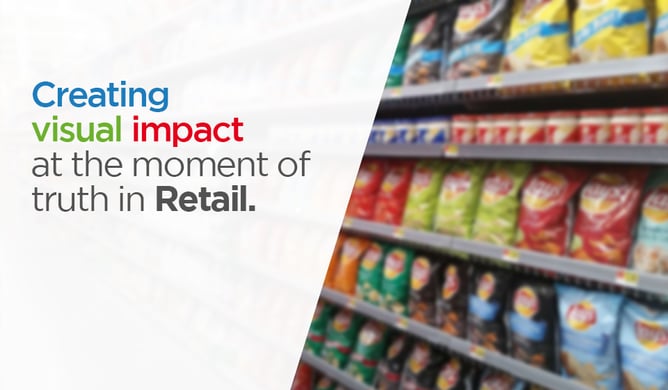
“Jo Dikhta hai Woh Bikta hai” - An age old rule of thumb that is true till this day. With the increase in consumption power, profusion of brands and choice, the problem is not visibility but visibility at the right place and in the right manner. This confluence of visibility decisions creates a disruption that allows a product to be noticed. That is good but the job doesn’t end there. Ensuring that the disruption remains positive on a daily basis is the key. But how does one deliver perfection every day? The answer is merchandising.
We are all familiar with the clutter in a category at a modern trade outlet. For example, one has so many breakfast cereal options with similar packaging, making it difficult for a consumer to notice a specific product. Most often, the consumer picks up something that is instantly visible at the eye level or sees an offer that is appealing. In both instances, the decision was influenced by visibility at the point of purchase.
In many ways merchandising is formula based. However, the formula needs to be customized basis the objective, category, channel and demographic. The pillars or rather the variables of this formula of truth are
- Share of Shelf
- Planogram compliance
- Availability
- Paid visibility compliance
- Promotion / Offer compliance
Rather than dwell on the definitions of the above, the important thing is to understand the purpose and the adaptation to action.
Share of Shelf: The key here is to not only maintain the shelf space, but to capture a shelf at eye level and depending on factors, capture the entire bay for a total visibility immersion. In a store, where a decision is made on an impulse or a second, placement of the product is most important.
Planogram Compliance: The way the products are displayed on a shelf or visibility is as important as the placement. There is a science attached to it and for a good reason. Ensuring compliance on this norm amplifies the prospect of a sale.
Viability: One can’t sell what is not available. Ensuring that stock is available and predicting when the stock will go out of stock in order to arrange for refills is critical. A single instance of unavailability especially of must sell SKUs will lead to a loss of shelf and thus minimize impact. It doesn’t end there; it allows a consumer to switch to another brand permanently.
Paid Visibility Compliance: Visibility placement is often and expensive proposition. Hence, one needs to ensure that maximum ROI is derived from it. Placement, presence and stocking compliance will ensure that the visibility is utilized to its fullest potential.
Promo / Offer compliance: If the promotion is not visible at the point of purchase, the consumer’s attention is not guaranteed. Calling out the benefits of purchase to a consumer is integral towards delivering a quick uplift in sales.
A dedicated retail merchandising approach that leverages the above pillars will lead to a sustained increase in tertiary sales and also increase brand awareness, recall and presence.
For any consumer focused brand irrespective of the sector, a visibility focused sell-out program is a must.


 2 minute read
2 minute read


